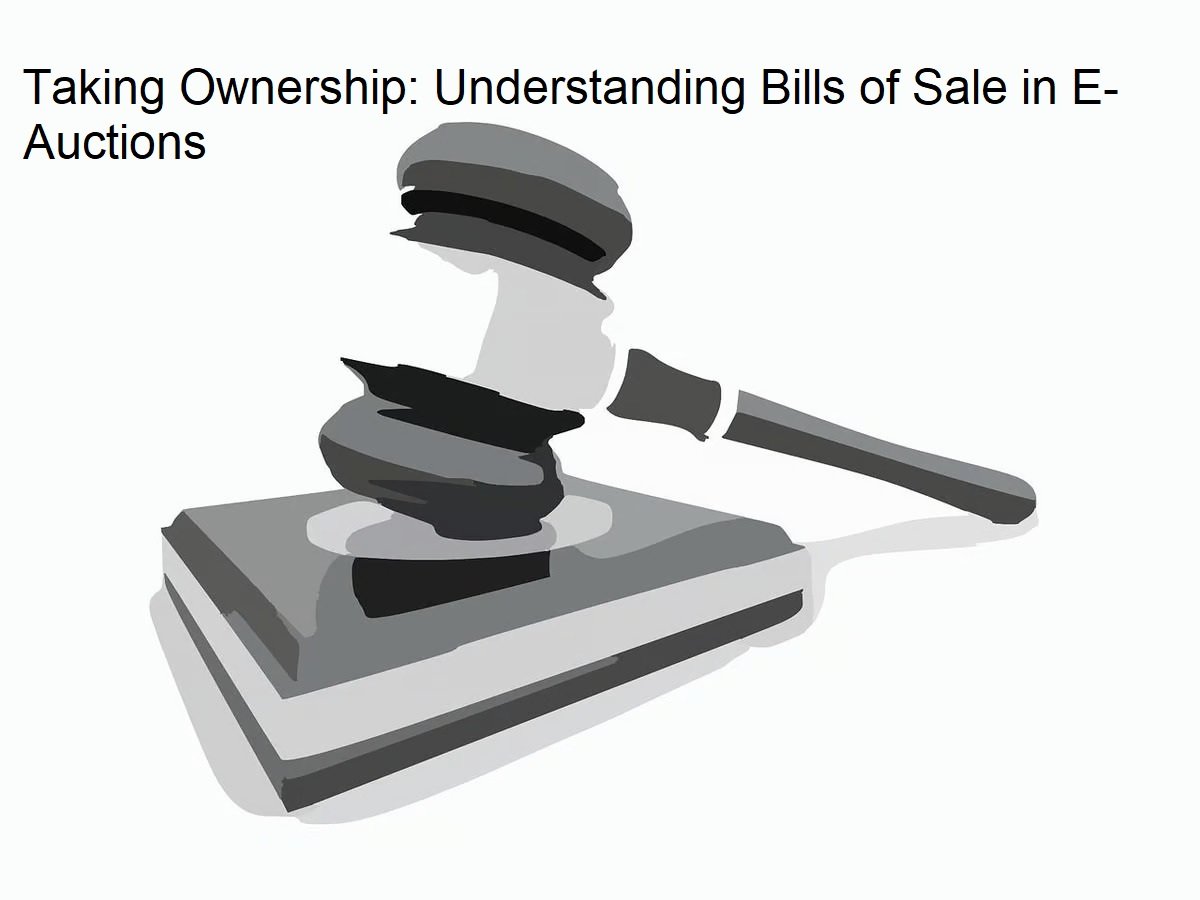POSTS

Taking Ownership: Understanding Bills of Sale in E-Auctions

Terminology for Auctions and Bank Auctions
Indian Overseas Bank to Auction Rs 13,471.68 Crore NPA Portfolio, Offer Value Plunges
Greater Noida Authority is scheduled to launch an e-auction of group home plots in June.
Is Your Property Auctioned Fraud: Protecting Your Investments and Rights

Foreclosure Property in India: What You Need to Know 2024
Govind Kumar Sharma & Anr vs Bank of Baroda & Ors: A Case Study in Procedural Compliance below SARFAESI Act
The defaulter is unable to initiate criminal proceedings to halt SARFAESI proceedings on issues that can only be determined through DRT: Allahabad HC
After the civil court dismissed the recovery plea, the bank is unable to proceed against the borrower in accordance with SARFAESI: HC
Sebi to Sell Properties of Rose Valley Gathering on May